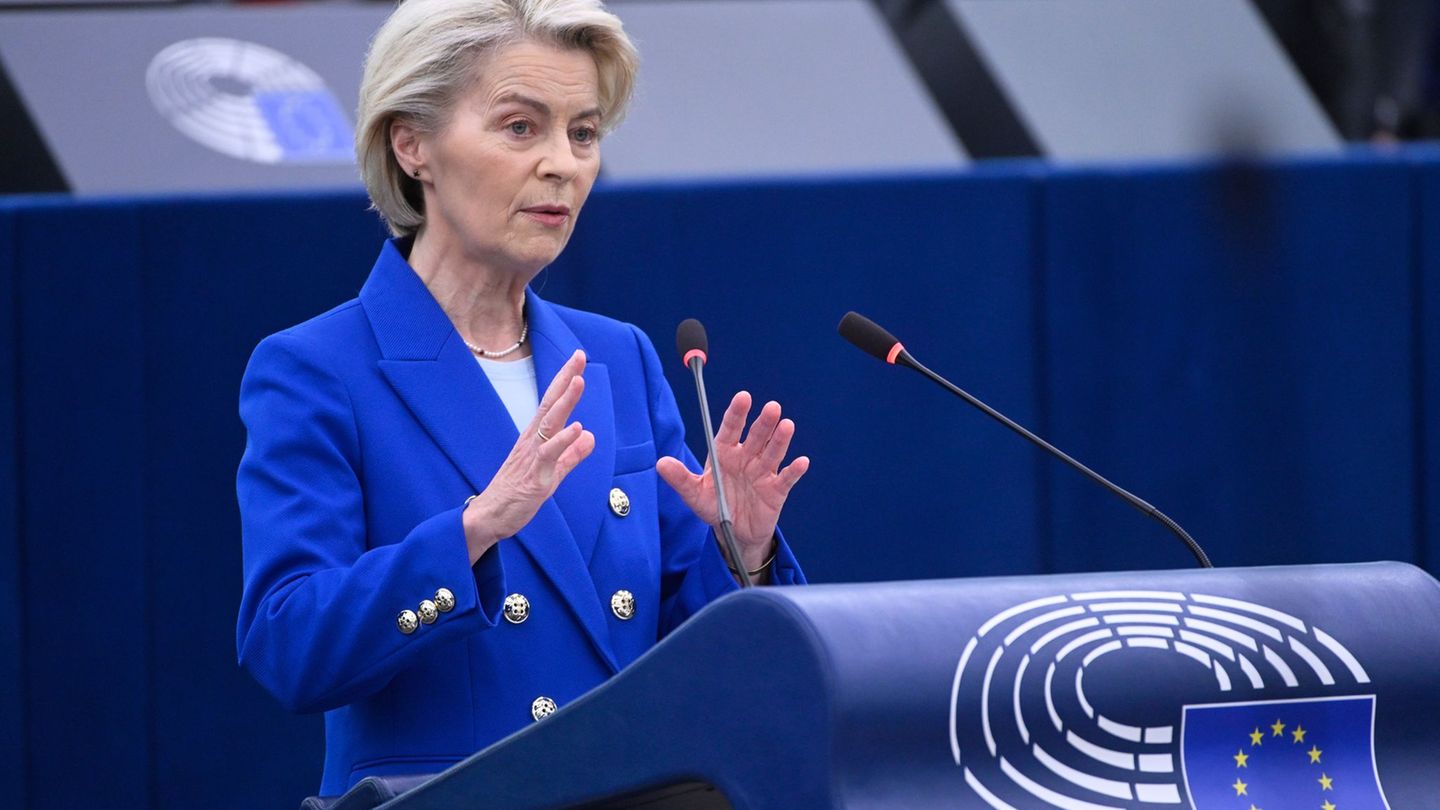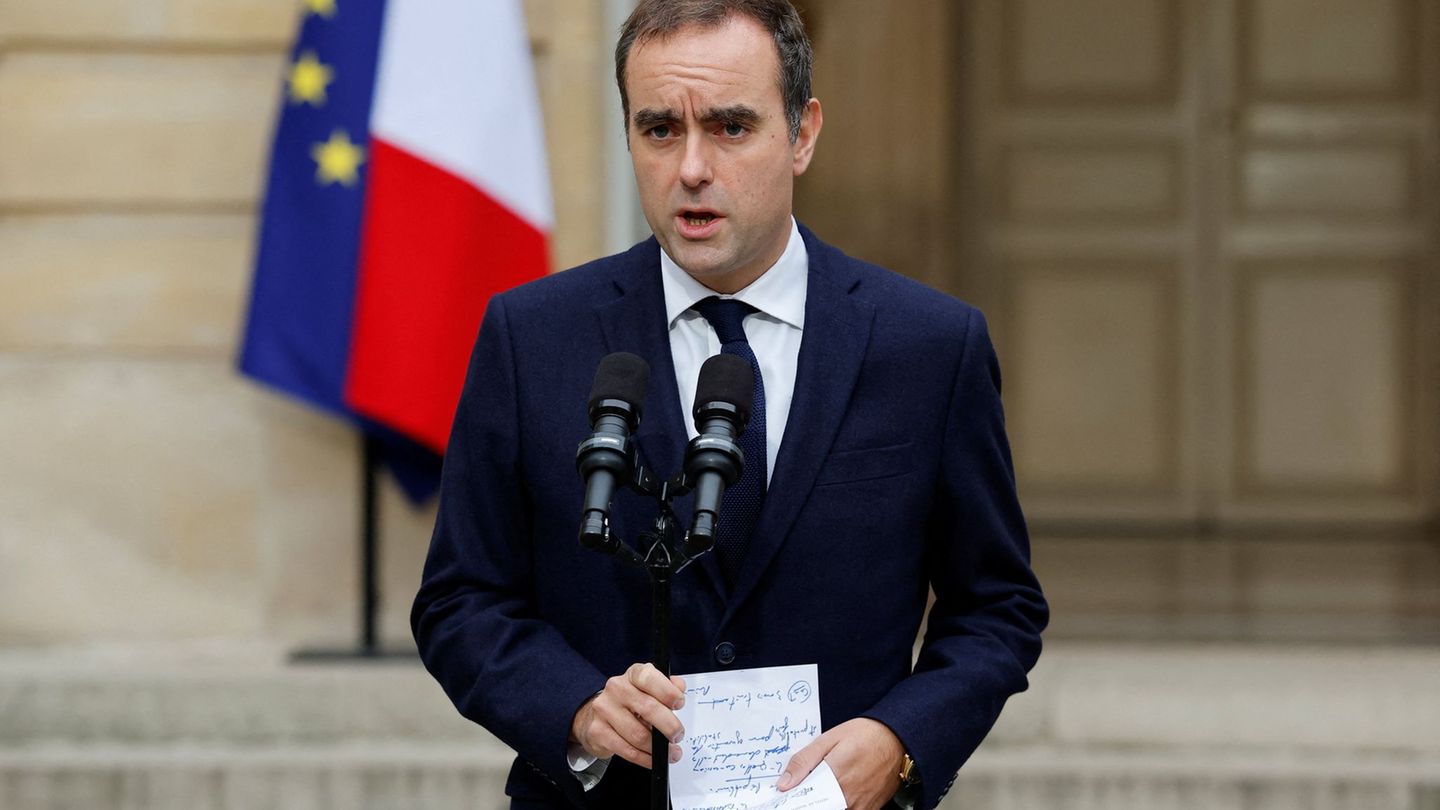In this way, the prices came to pierce $190 and the gaps to be below 70%. However, those numbers appeared to be bottomed out and the trend reversed sharply in recent days.
“In theory, periods of strong carry gains are followed by periods of significant corrections. The risk of the carry is that the dollar rises”, affirmed in dialogue with Ámbito the Ecolatina analyst, John Paul Albornoz.
The economist argued that the appetite for Argentine assets was motivated precisely by short-term operations and not by expectations of growth in local assets, for which he related the “carry” with “the game of chairs.” “As long as you continue to have your chair, you can create fictitious dollars by earning a fee in pesos. As long as you take profit before the currency jump, it works. The correction in free dollars that we saw recently is just that: profit taking,” he said.
Julius Calcagnino, a market analyst at TSA Bursátil, told this outlet that prices close to $190 implicitly reflected a real exchange rate close to the 2002 average and that the market seems to be looking for levels similar to those of the exit from convertibility. “A priori, it seems like an excessive exchange rate that usually reflects panic or high uncertainty,” she said.
Parallel dollar bounces appear to be supported by several issues. First of all, the most obvious fact is that the inflationary acceleration generates a lag of the rest of the variables in nominal terms.
In the second instance, some Doubts about the Government’s ability to meet the fiscal deficit target agreed with the IMF. This week the Executive Branch launched bonuses for informal workers, private households, monotributistas and retirees, to alleviate the effects of rising prices on the income of these vulnerable sectors.
Its financing is uncertain. The Minister of the Economy, Martín Guzmán, intends to obtain the funds through indebtedness in local currency with the market and through a tax on the “unexpected income” that some sectors had as a consequence of the war. However, financing with monetary issuance is also a latent possibility, which adds fuel to the fire on the foreign exchange front.
At the same time, it was recently known that the primary fiscal deficit for the first quarter reached some $192,735 million, a figure lower than the $222,264 million that had been established in the extended facilities agreement with the multilateral credit organization.
However, some analysts warned that the overachievement of the objective would not have occurred without the $122,000 million that the National Treasury registered as current income in concept of an accounting “gimmick” that reflects the entire difference between what is raised by debt issues in pesos and the face value of the debt issued.
Third, the BCRA was expected to take advantage of the opportunity to accumulate reserves during April, due to the soybean and corn harvest season. At the moment, the monetary authority collected a meager US$174 million in net terms.
“From Adcap we had recommended entering the carry trade at the beginning of March, but already at the beginning of April and after a reduction of the gap from 87% to 70%, a growing fragility began to be seen, due to the latent threat of increases in the field retentions. This week, this fragility continued to grow due to concerns generated by the BCRA’s inability to accumulate reserves, even when there are record liquidations of agriculture“, he pointed Javier Casabalfixed income strategist at Adcap Grupo Financiero:
“For this reason, this week we recommend closing the trade. Although the gap reduction could have continued due to the time of year, as it did in 2021, due to this enormous fragility we should not be surprised if the exchange rate gap returns to levels of 90%” , estimated the specialist.
Albornoz also expressed concern about “the dismal performance of the BCRA in the MULC in a month of seasonally very high settlements.” “This, added to the energy issue, sets off alarms. Hopefully the BCRA can accumulate reserves in the next two months, otherwise the IMF’s goal will be very difficult to meet and with it devaluation expectations will grow”, he projected.
For its part, from TSA Bursátil they clarified that, although they see the CER curve as attractive, mainly in the middle section, they do not recommend the sale of hard currency to take positions, but rather the application of flows in it.
Martín Calveira, an economist at IAE, the business school of the Austral University, explained to Ámbito that “with the monthly inflation we have, the variation in the exchange rate goes backwards”. “Last month we had 6.7% and April is supposed to be 5%, so the variations in the retail nominal exchange rate should be greater to compensate or converge to a balance number,” Calveira said.
According to Central Bank sources, the idea contemplated in the agreement signed with the International Monetary Fund (IMF) in March is that the competitiveness of the Argentine exchange rate remains at the levels it had at the end of last year. On December 31, the TCRM index was 102.5, which would indicate that today it would appreciate only 2.6 points.
Calveria stressed that “inflation in the United States at a level of 7% or 8% per year is nuanced appreciation, that is, less crawling peg is required.” For some analysts, then, the loss of power of the dollar would have an impact of half a monthly point regarding the need to devalue the peso, although they point out that in a context of high nominality it is difficult to measure these relative movements between the two currencies.
Regarding Brazil, the peso was appreciated for much of 2021 with a bilateral index that reached 88 points, but the trend was reversed and it is currently at a balance point of the order of 100 points, which also helps Argentina to be forced to devalue less in order to be able to export to the neighboring country.
Calveira highlighted that the IAE has an extensive historical series of the TCRM that begins in January 1959 and ends in March of this year. In this long historical period, the multilateral real exchange rate is 21% behind. While economists are discussing whether Argentina has to go towards dollarization or a fixed exchange rate scheme, data from the BCRA indicate that, on average, during the entire Convertibility period, the multilateral exchange rate was quite appreciated with an index of 75.7. After bimonetarism left and until 2007 it was ultra-competitive, at a level of 160, and then until 2017 it remained at 111 points.
“One has to gain competitiveness through productive efficiency in investment, but if one wants to achieve it through a devaluation, imports become more expensive and activity is hit,” warned the economist, who said that for this reason the Central Bank “is trying to produce depreciations minimal”.
In the IAE they reject the idea of adopting the North American currency raised by some opponents, such as Javier Milei. “We do not see a dollarization scenario as possible and we do not see it as a solution either. With dollarization there is an entry clause, but there is no exit clause as we have already seen with convertibility,” Calveira said.
Meanwhile, the IAE indicates in its latest report that the level of the real exchange rate for March is at a lower level compared to the average for 2021, showing an appreciation of 12.1%. “This is due to the incipient variations of the nominal exchange rate and a high monthly variation of the price level of the economy, that is to say, that the variation of prices clearly deteriorates the competitiveness gain of the depreciation of the national currency”, he says. The report.
In this way, it indicates that the “balance dollar estimated by the IAE-Austral (according to the average RER for the period December 2010-March 2022) in the effective formal price of the retail market would be $194.3” and concludes that “the The current exchange rate would be below that value by 1.1% and would depend on future inflation”.
Source: Ambito
David William is a talented author who has made a name for himself in the world of writing. He is a professional author who writes on a wide range of topics, from general interest to opinion news. David is currently working as a writer at 24 hours worlds where he brings his unique perspective and in-depth research to his articles, making them both informative and engaging.




